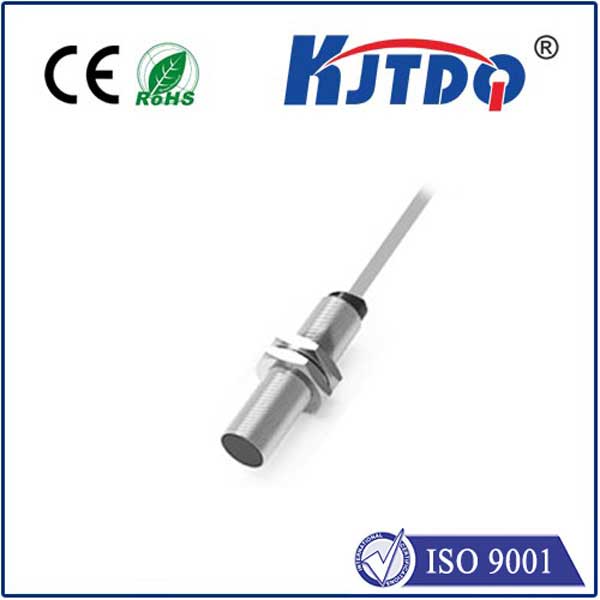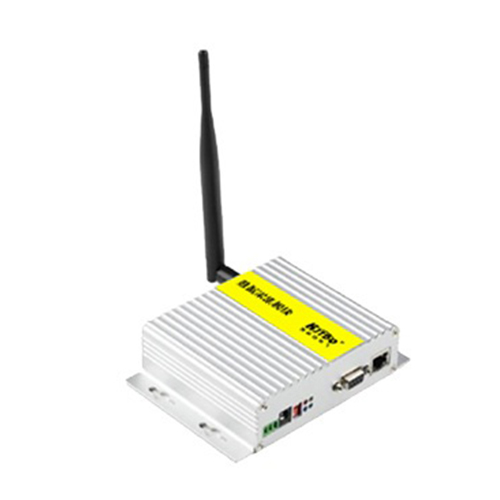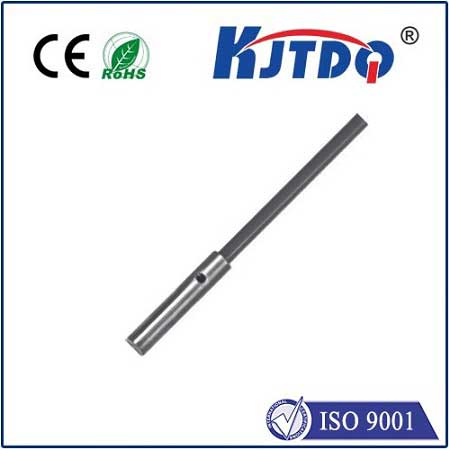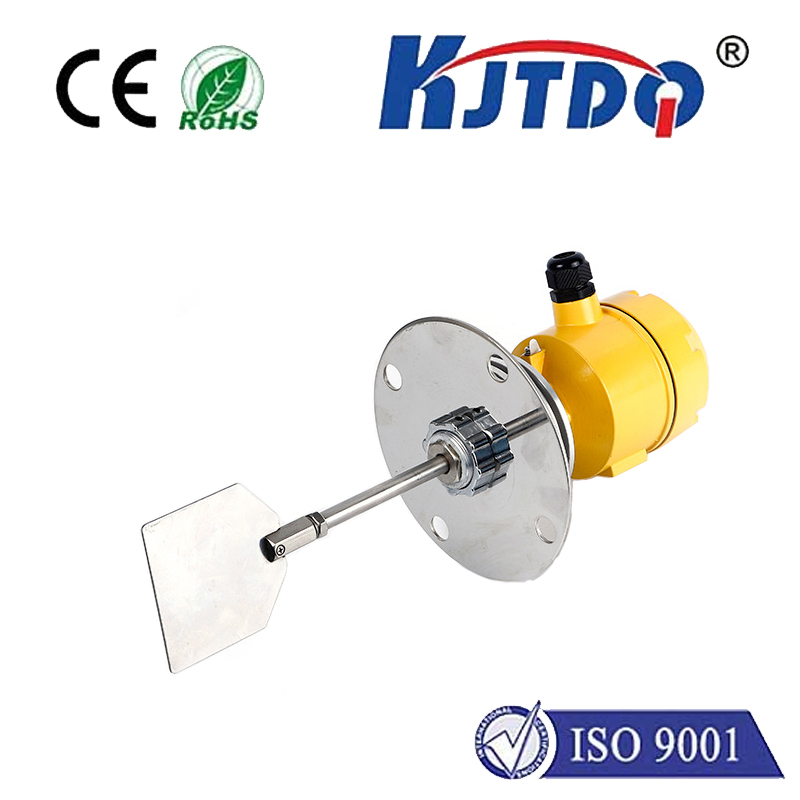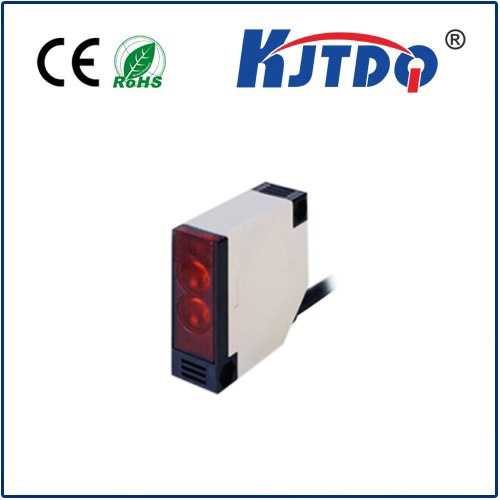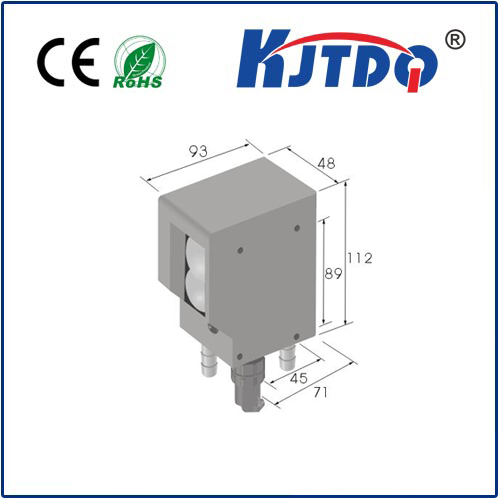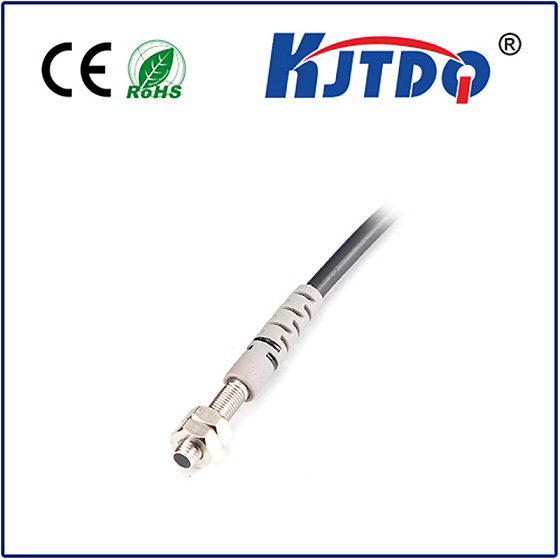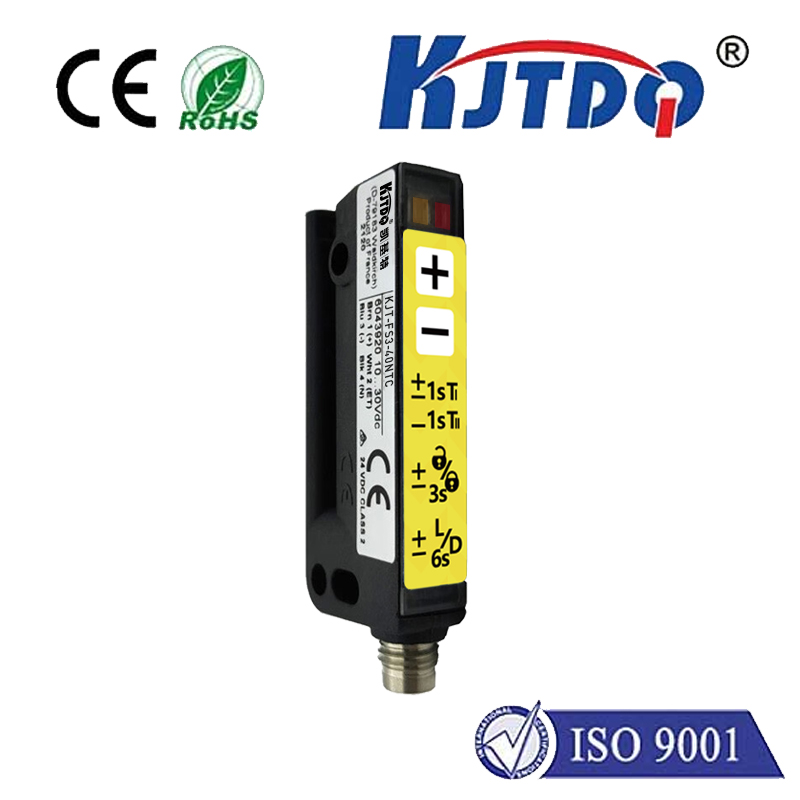

check

check

check

check

check

check

check

check

check

check
Introduction:
Inductive position sensors have been an integral part of the industrial world for decades. They are used to detect and measure the position of machines, equipment, and tools in real-time. Over the years, these sensors have undergone significant changes, transforming from traditional designs to more advanced technologies. This article will explore the evolution of inductive position sensors, highlighting their key features and advancements.
The Early Years of Inductive Position Sensors:
In the early days of inductive position sensors, they were primarily used in mechanical systems. These sensors relied on a simple design, consisting of a coil and a magnetic pointer that would move in response to changes in the magnetic field. However, this design had its limitations, as it was prone to errors due to environmental factors such as electromagnetic interference (EMI) and noise.
The Introduction of Digital Signal Processing:
To overcome these limitations, manufacturers began incorporating digital signal processing (DSP) technology into their inductive position sensors. DSP allowed for more accurate readings by filtering out unwanted noise and EMI signals. Additionally, the use of microcontrollers enabled the sensor to be programmed for specific applications, making them more versatile and adaptable.
The Advancements in Inductive Position Sensors:
As technology continued to evolve, so did the design of inductive position sensors. One major advancement was the introduction of Hall effect sensors, which replaced the traditional coil design. Hall effect sensors utilize a magnetic field to create a current flow in a conductor, providing accurate positioning information without requiring an external power source.
Another significant improvement was the integration of optical sensors into inductive position sensors. Optical sensors use light to capture position information, eliminating the need for a physical connection between the sensor and the machine being monitored. This made them particularly useful for high-precision applications where vibration or other external factors could affect the accuracy of traditional sensors.
Today's Inductive Position Sensors:
Modern inductive position sensors continue to innovate and improve upon their predecessors. Features such as built-in communication protocols, high-resolution measurements, and customizable settings make them even more attractive to industrial applications. Additionally, advances in nanotechnology have allowed for the development of ultra-small sensors with high precision and sensitivity.
Conclusion:
Inductive position sensors have come a long way since their inception, evolving from simple designs to sophisticated technologies that can accurately detect and measure the position of machines in real-time. As technology continues to advance, it is likely that we will see further improvements and innovations in this area, making these sensors even more essential for industrial operations worldwide.
